Imagine a world where books are more than just words on a screen. They're tactile experiences, bursting with vibrant colors and textures, each one a unique piece of art. This isn't some futuristic dreamland; it's the reality crafted by slow, niche printing presses. Tucked away from the mass-production giants, these presses champion traditional craftsmanship, breathing life into printed materials that stand out from the digital noise.
But their impact goes beyond aesthetics. The slow, deliberate nature of these presses fuels creativity. Unlike the relentless churn of digital production, they allow for experimentation, pushing the boundaries of the printing process. And in a world obsessed with instant gratification, these presses celebrate the beauty of the tangible, reminding us of the joy of holding a physical book or artwork.
Sustainability is another core value for these eco-conscious presses. By focusing on smaller production runs, they actively minimize waste. They also prioritize energy-efficient practices, ensuring their passion for print doesn't come at the cost of the planet.
But what exactly are these methods defying the digital tide? We delve into the fascinating world of riso and screen printing with Qatar-based designer Eman Makki, founder of munamnama press, and founders of El Screen Studio, Zainab Al Shibani and Ameena Al Boinin, a printing studio based in Doha.
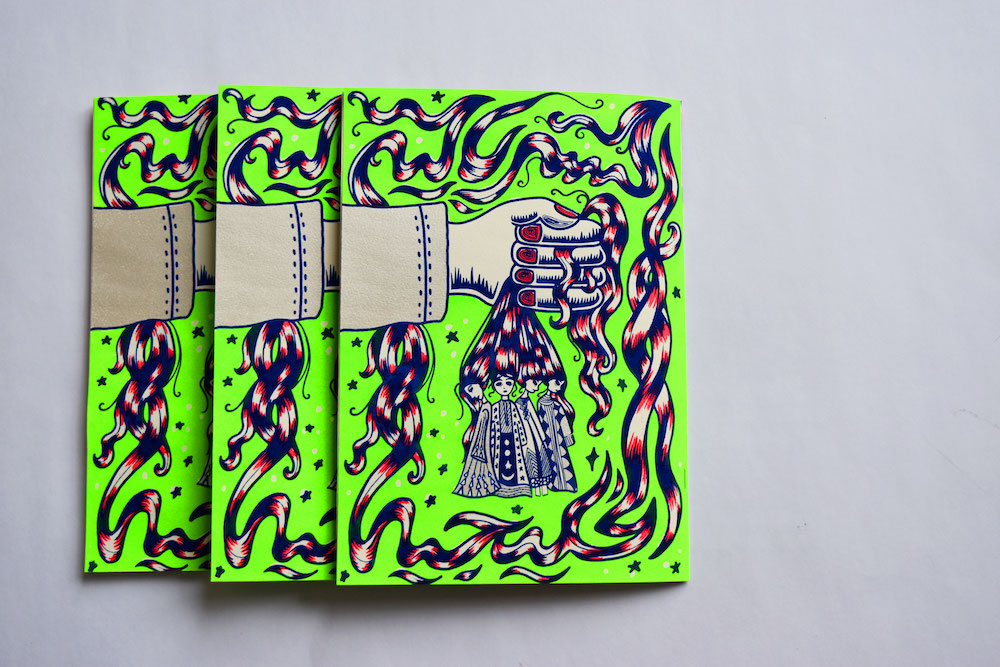
(Marsya Abdulghani): What is the overarching design approach or artistic vision that drives your studio's work and creative output?
Zainab AlShibani (El Screen Studio): ElScreen Studio's vision is to channel the potentials of screen printing in the region. I have been focused on more educational content that would help introduce people to printmaking and its possibilities. We believe that if we equip people with the right tools and technologies, we can help in cultivating their natural inclination to create out of curiosity and play.
Eman Makki (Munamnama Press): My creative process is essentially a reflection of my curiosity and love for experimentation. My work methodology often employs various systems to visualize unseen and incomprehensible phenomena in our lives, from the micro to the macro; from emotions and rituals in our day-to-day lives, to the nature of galaxies in the cosmos spanning billions of years.
I don't limit myself to one particular medium or style, but rather, I embrace a fluid approach that adapts to the subject at hand. In recent years, I've been captivated by the world of printed matter, with a particular focus on risograph printing. This process has become my canvas for exploration, a space where I can challenge myself to learn and master this unique printing technique.
The risograph, with its quirks and limitations, has become my latest muse. I'm on a mission to not only understand its inner workings but also to push its boundaries and discover the kind of artwork I can create with it. This journey isn't just about acquiring technical skills; it's about uncovering the poetry within the machine, turning its limitations into opportunities, and ultimately, creating work that is a reflection of my evolving design practice.
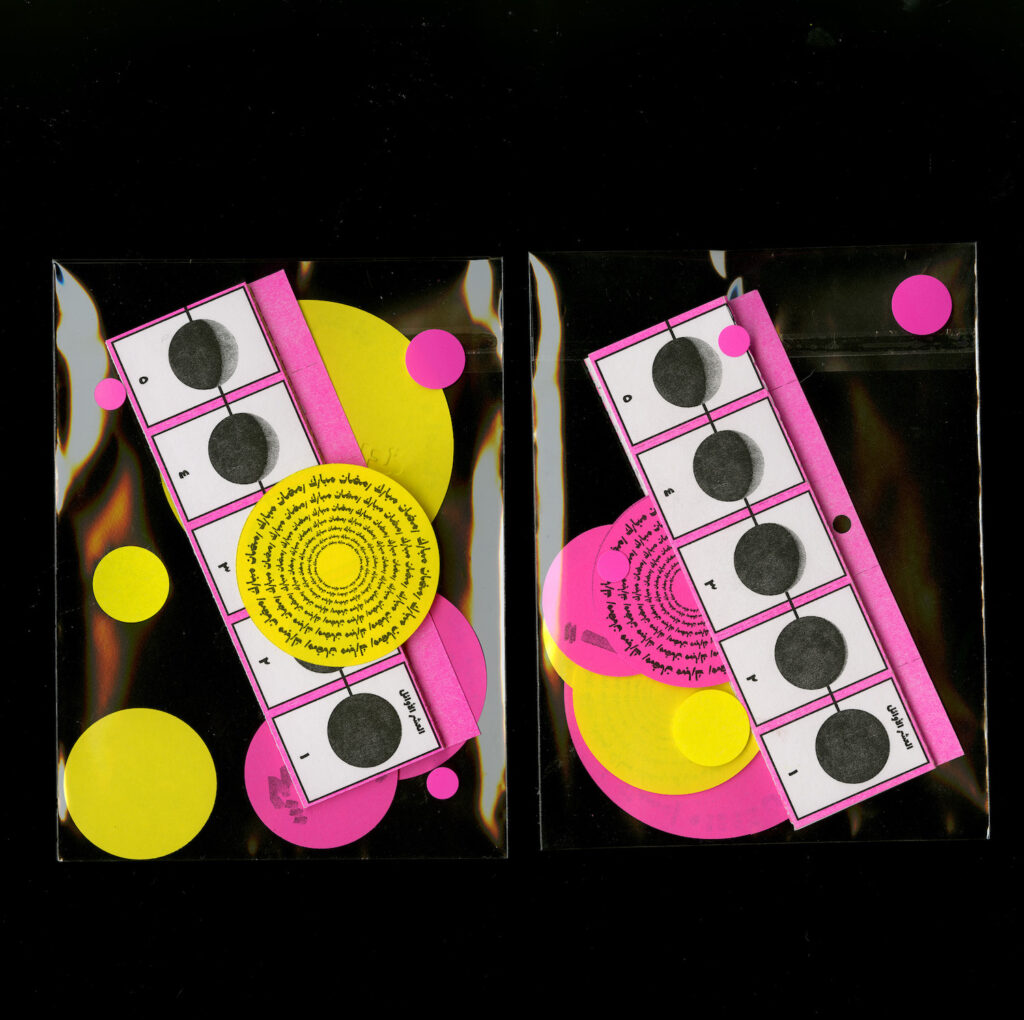
(M.A): How do slow small niche printing presses emphasize traditional craftsmanship and differentiate their high-quality printed materials from mass-produced digital content?
(Z.A): This practice introduced the human/organic dynamic back into creative production. In a lot of our prints, we go through a process that is very much community oriented. El Screen Studio is not a one or two person project. It is an artist/designer-led silkscreen studio which is the first of its kind in Doha, requires a lot of resources and problem solving to function. A lot like how traditional craftsmanship is often rooted in conversations and exchange, in most of our workshops and live event activations we are engaging with the community on a more one on one level. We're also embracing the idea that printmaking can be a great medium for narrative and/or decorative based designs/artworks that run in limited editions, which the financially demanding mass production presses might not be able to support.
(E.M): What sets small niche printing presses apart is their unwavering dedication to craftsmanship and their intimate connection with a specialized audience. These presses deliberately keep their client base small, allowing them to focus wholeheartedly on meeting the unique needs of their patrons.
These niche printing presses embrace transparency by providing a behind-the-scenes glimpse into their intricate printing and production processes, often through social media. This not only serves as an informative tool for their audience but it’s also a way to showcase the sheer amount of time, skill, and artistry that goes into their work.
They also understand and celebrate the joy of printed matter—the tangible, physical nature of it. This inherent quality will always distinguish printed materials from digital content.
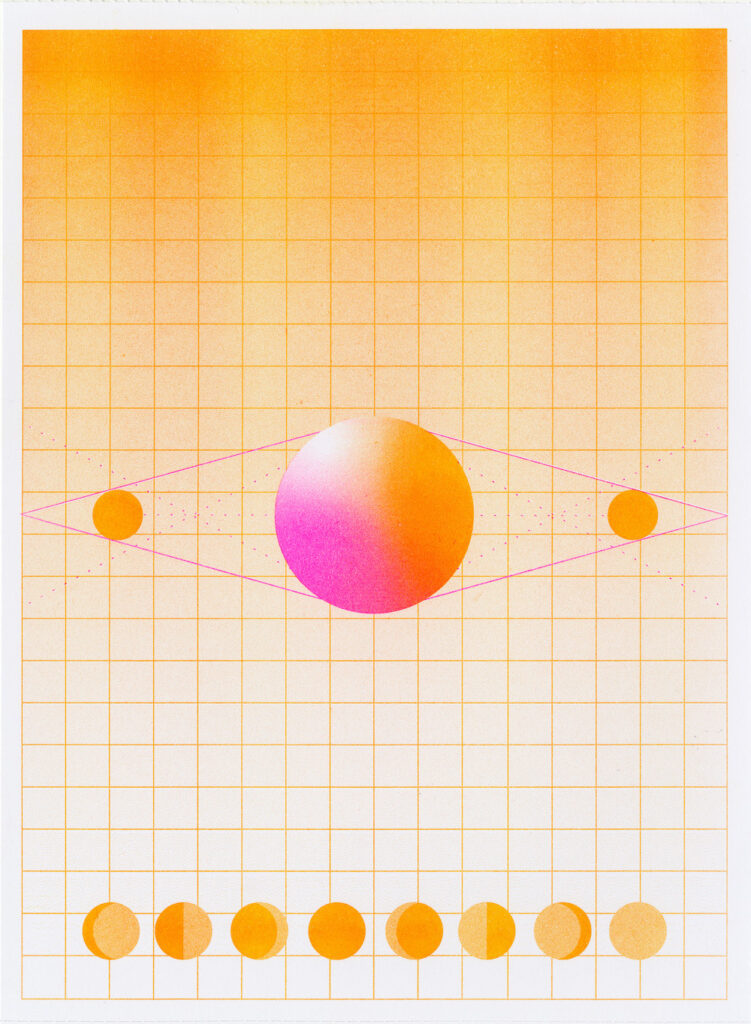
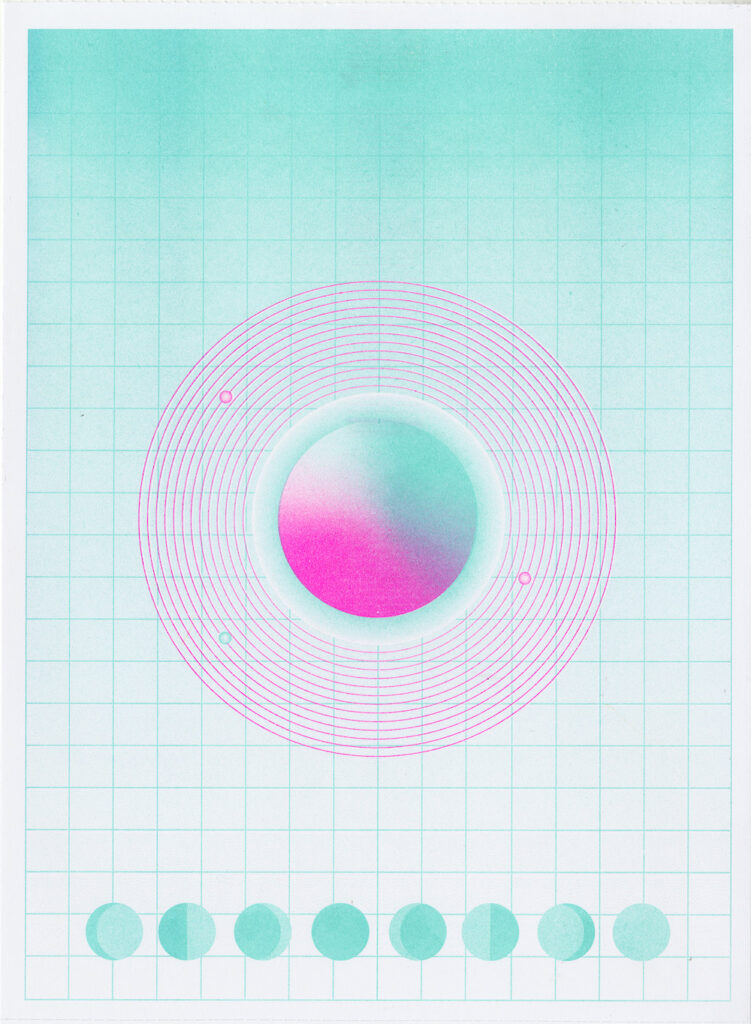
M.A: What measures do you take in order to be more sustainable and environmentally conscious in your studios?
Z.A: We try our best to reuse papers and inks and limit our waste by repurposing existing prints within the process itself.
E.M: In our studio, we prioritize sustainability and environmental consciousness through our choice of equipment and materials, particularly with our risograph printer. The risograph printer inherently aligns with eco-friendliness by being energy efficient. Unlike many printers that rely on heat to set inks, the risograph utilizes rice bran inks, which require significantly less energy during the printing process. This not only reduces our energy consumption but also lowers our environmental footprint. The risograph printer only uses organic rice bran inks. These inks are not only vibrant and high-quality but also eco-friendly. As organic substances, they can be recycled efficiently, minimizing waste and further contributing to our environmental efforts.
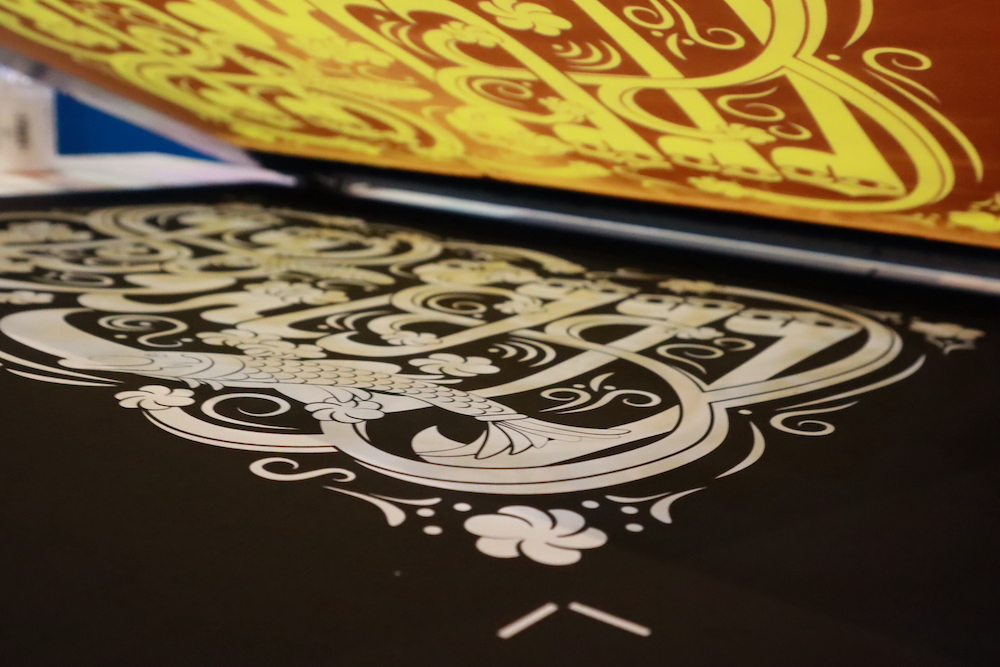
(M.A): In what ways does the slow nature of these printing presses foster creativity and innovation, enabling experimentation and unique approaches to printing?
(Z.A): The slow nature of the process allows us to dismantle the idea that all printmaking is a time bound, result oriented, pragmatic process. Usually when we print in the studio, we are taking our time to familiarize ourselves with the image or artwork. We are mixing our own inks, we are cutting paper, exposing the screens and clearing a considerable amount of time from our day to print. When the sun sets around our repurposed majlis/studio and the reds start to slightly look like a deep maroon, we understand that our role in the making of these prints, is that of a small intuitive cell in a larger organism that dreams of more ambitious compositions and colors. The slow process allows us to reorient ourselves to a collective sense of creativity that is waiting to be expressed.
(E.M): In this environment, it becomes imperative to carefully consider the projects we accept and our own limitations. With limited capacity and resources, we are encouraged to make each project count. By embracing our deliberate approach, we not only ensure the quality of our work but also nurture an environment where creativity can flourish.
(M.A): Do you follow any certain business model to sustain and generate revenue for your studios?
(Z.A): Currently we are focused on workshops and live event activations, which are the most successful and rewarding.
(E.M): Right now, I don't have a strict business plan in place because my main focus is on my own design practice. However, I'm starting to take on commissions as I keep honing and developing my printing skills. As I continue to learn and grow, I'll probably explore different ways to make the studio a sustainable venture.







